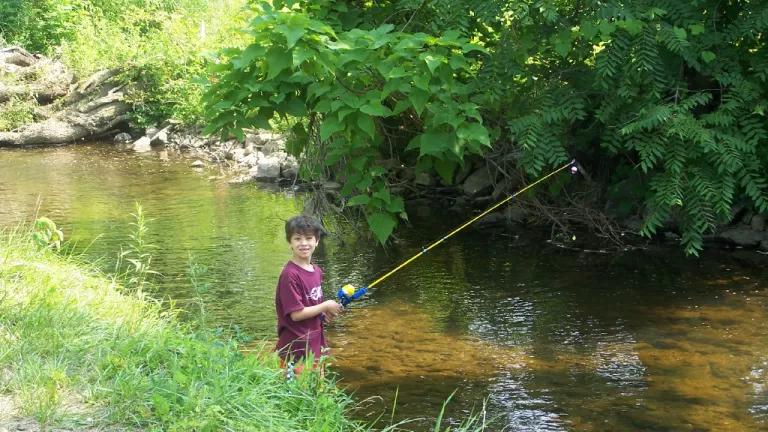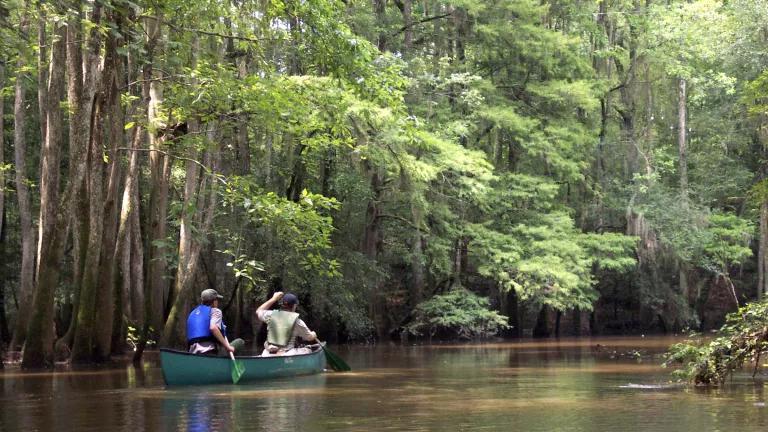The EPA's new Dirty Water Rule risks millions of people’s drinking water supply

The Trump administration just released a proposed rule that would radically restrict which bodies of water are protected by the Clean Water Act. It would replace the 2015 Clean Water Rule, a long-needed clarification that the Clean Water Act protects streams, wetlands, and other waterways that affect the health of larger bodies of water. The current proposal tosses safeguards for streams and tributaries that flow only after rain, as well as millions of acres of wetlands. Wetlands are particularly important to ecosystem health, as they filter contaminated runoff and replenish groundwater supplies. Industry has long fought for this reversal, because the Clean Water Rule sets a higher bar for oil drillers, developers, and Big Ag to control their polluting ways. The proposal's impact could be huge—likely to affect waters important to millions of people’s drinking water supply—but thankfully, this watered-down replacement may not stick. Backing the original Clean Water Rule is years of debate, research, and an interagency review of 1,200 scientific publications.
Related Content

Trump Administration Moves Forward in Rolling Back Clean Water Protections

Trump's Attack on Clean Water: What You Need to Know

Conservation Groups Sue Over Threat to Clean Water Rule

The South Needs the Clean Water Rule
